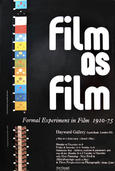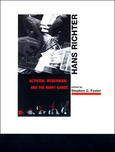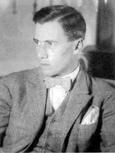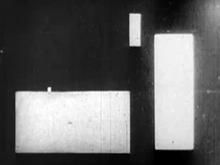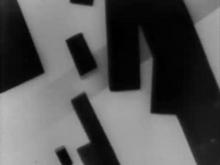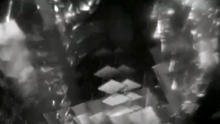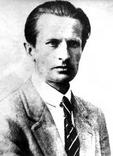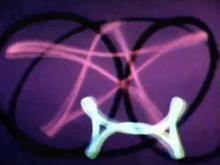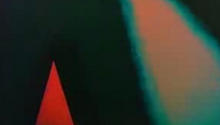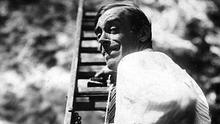Art in Cinema
(2006)– Documents Toward a History of the Film Society by Scott MacDonald provides extensive and fascinating documentation of one of the most important film societies in American history.
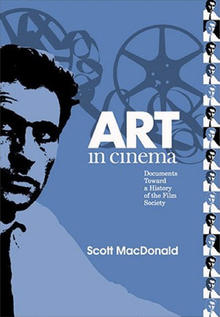
From 1946 until 1954, the San Francisco-based film society Art in Cinema presented programs of independent film to audiences at the San Francisco Museum of Art and the University of California, Berkeley. Led by filmmaker Frank Stauffacher, Art in Cinema's programs pioneered the promotion of avant-garde cinema in America.
Scott MacDonald's Art in Cinema presents complete programs presented by the legendary society; dozens of previously unavailable letters between Stauffacher, his collaborators, and filmmakers including Maya Deren, Hans Richter, Vincent Minelli, and Man Ray; a reprint of the society's original catalog, which features essays by Henry Miller and others; and a wide range of other remarkable historical documents.
A companion to Cinema 16 (Temple), a documentary history of the first west coast film society, Art in Cinema provides cineastes, students, teachers, and scholars with extensive and fascinating documentation of one of the most important film societies in American history. Together or separately, the books provide an indispensable reference source for the beginning of this country's love affair with independent film.
Scott MacDdonald has taught at Utica College, Bard College, and Hamilton College. He is the author of ten previous books, including the acclaimed A Critical Cinema: Interviews with Independent Filmmakers, now in five volumes, and Cinema 16: Documents Toward a History of the Film Society (Temple).
"At the start of my study of the avant-garde cinema more than forty years ago, I studied obsessively a rare library copy of the wonderful Art in Cinema catalogue. With some of the same wonder and pleasure, I have been able to return to it in this new edition, now supplemented by a treasury of dozens of previously unknown letters from the filmmakers and curators who made and presented the films of the San Francisco Renaissance. This is an invaluable resource for everyone interested in the American Avant-Garde Cinema."
(P. Adams Sitney, Professor of Visual Arts, Princeton University, and author of Visionary Film: The American Avant-Garde 1943-2000, Modernist Montage and Vital Crises in Italian Cinema)
Source: Temple University Press
ISBN-10: 1592134254
ISBN-13: 978-1592134250
